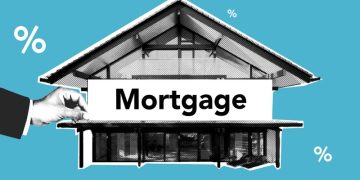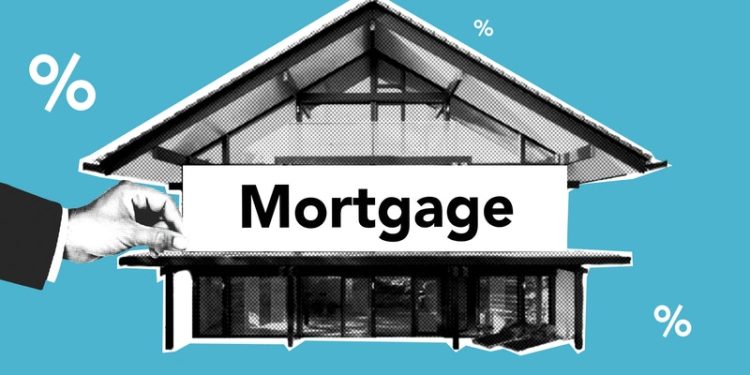The approval process for a mortgage is complicated to navigate alone. However, it’s not impossible. To help make the mortgage approval process less complicated, here are some essential tips and things you need to know before applying for a home loan.
Pre-approval
If you’re looking to buy a new home, you may want to consider getting pre-approved for a mortgage. This will allow you to shop for the best mortgage lender and rate before committing.
It also gives you an idea of how much you can afford, which can help you set a price range for your new home. Conditional approvals on mortgages may also be necessary for some circumstances, such as buying a home that’s a gift from your parents.
Conditional approval comes after the pre-approval process has been completed. Underwriters will verify your information before giving you a final consent, and it’s a much stronger endorsement than a pre-approval alone.
By adding this final approval step, you’ll increase your chances of getting a loan and getting accepted for your offer. Plus, it decreases the risks associated with a mortgage loan.
Conditional Approval
Conditional approval on mortgages is a common scenario, and it’s essential to keep in mind that the process is not always quick. Depending on your situation, you can wait for a week or more, depending on the lender and required documentation.
Although conditional approval isn’t as good as full approval, it’s a step on the path to verified approval. It demonstrates that underwriting has been completed, and the loan officer is finalizing a few details. Having this document in hand gives you a powerful bargaining chip.
A mortgage with conditional approval will set you apart from other buyers who have pre-approval only. The underwriter will be able to approve your loan as long as you fulfill the terms specified in the mortgage agreement.
Common Conditions Attached to Conditional Loan Approval
Conditional loan approval means that the lender has passed the initial application stage but has specific requirements before approving the loan. The loan cannot close until all of the conditions have been met.
These conditions can vary wildly, and you should always ask your lender about them. If there are any that you are unclear about, ask for clarification.
According to the Department of Insurance and Financial Services, when a lender issues a conditional loan approval, it is essential to understand what those conditions are and if they apply to your specific situation. If the lender asks for more information, this can slow down the process.
You should expect additional steps and documents before the final approval is issued. If the conditions aren’t met, your loan may be delayed. Make sure that you understand these conditions before you sign the contract.
Verified Approval
Read this beginner’s guide if you’re looking for conditional mortgage approval. Conditional approval means the lender can verify your income, assets, and credit. If you have applied for a mortgage but were declined, you need to understand how conditional approval works.
It doesn’t mean you can’t get a mortgage. Conditional approval means that the lender is not specific; you’ll be approved for the loan – you still have to meet the requirements.
Read Also: Concise Finance Retirement Mortgages
This means that the lender has approved most of the documentation for the loan but is contingent on meeting final requirements. A pre-qualified applicant is an applicant who has completed a preliminary financial evaluation.
They’ve estimated what they can afford and are likely to qualify for the loan amount requested. However, they have not verified their financial status yet, and a prequalified applicant’s financial situation is unknown.
The Time it Takes to Close After Conditional Approval
Many people wonder how long to close after conditional approval. The time it takes to complete after conditional approval on a mortgage can vary significantly, depending on your situation.
Generally, you will be required to complete an appraisal, clear the title, and obtain homeowner’s insurance. Some specific situations will require additional paperwork, such as proof of clearance of old collections or written Verification of Employment.
Conclusion
As you have learned, getting a mortgage loan is time-consuming and sometimes confusing. To obtain a competitive interest rate and avoid surprises, you should be familiar with conditional lenders’ guidelines. This will help you determine whether or not to accept conditional approval and allow you to feel more confident about your decision when it comes to this important financial commitment.

























